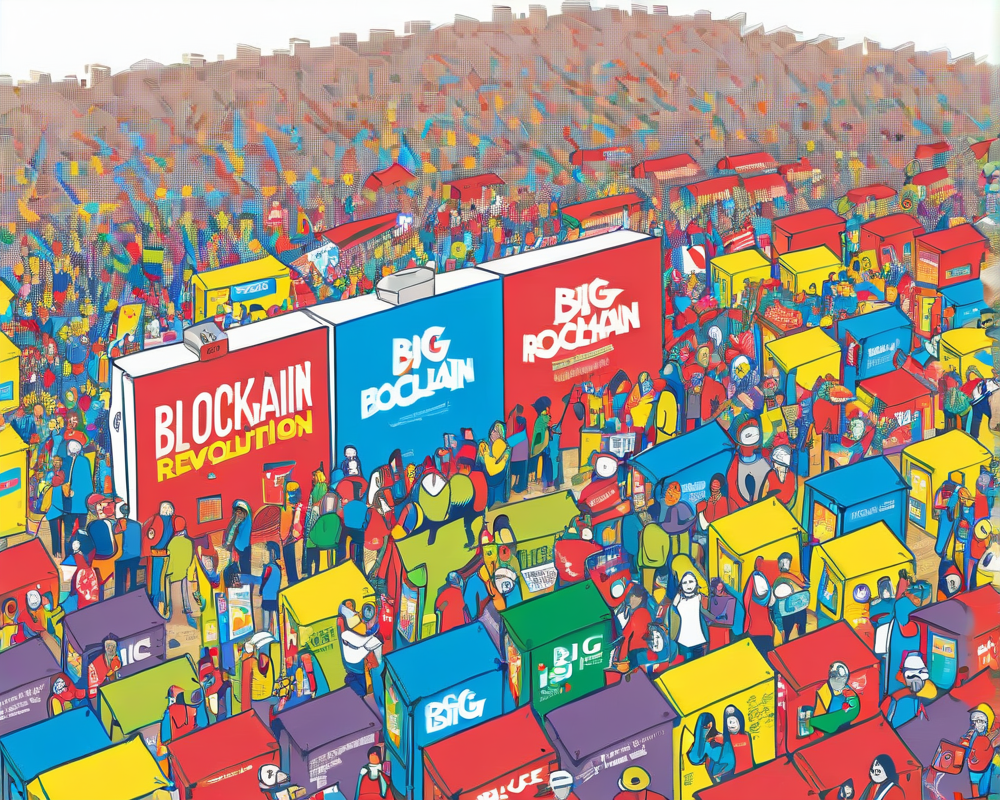Understanding Reactions: More Than Just Emojis
When we scroll through social media, we often encounter a variety of reactions ranging from love to anger. These reactions aren’t just fun little emojis; they play a significant role in boosting engagement and determining a post’s reach. For example, a simple heart emoji might turn a mundane post into a viral sensation, while an angry reaction could spark heated debates.
Why Reactions Matter for Content Creators
For those managing social media accounts or creating content, understanding the importance of reactions is crucial. They serve as instant feedback, allowing creators to gauge their audience’s feelings and adjust their strategies accordingly. If a post receives a flurry of laughing emojis, it might be time to produce more light-hearted content. Similarly, a wave of sad or angry reactions might signal a need for change in messaging.
The Psychology Behind Reactions
Ever wondered why you clicked that smiling face instead of the thumbs up? It turns out that reactions can tap into our emotions subconsciously. According to behavioral studies, people are drawn to content that resonates with their feelings at that moment. So, if you’re sharing a heartwarming story, it’s likely to get more love reactions compared to a regular update.
Using Reactions to Your Advantage
Learning to leverage reactions can drastically improve your social media strategy. Here are some tips to harness the power of engagement reactions:
- Create Relatable Content: Share stories that resonate emotionally with your audience. The more personal the story, the more likely it’ll elicit reactions.
- Engage with Your Followers: Respond to comments and ask questions. Engaging directly can encourage more reactions.
- Analyze Your Posts: Track which posts garner more reactions and why. Use this data to hone your content strategy.
The Flip Side: Negative Reactions
Not all reactions are created equal. Negative reactions can sometimes overshadow the positive ones, impacting your brand perception. It’s essential to address and analyze the root cause of the negative sentiments expressed through reactions. Is it poor customer service? Miscommunication? Identifying these issues helps create a more favorable atmosphere for your audience.
Looking to the Future
The landscape of social media continues to evolve, and so do the ways in which we interact with content. As platforms innovate and introduce new forms of reactions, understanding their implications will become even more critical. Staying ahead of the curve can give content creators a significant edge.




